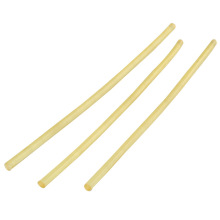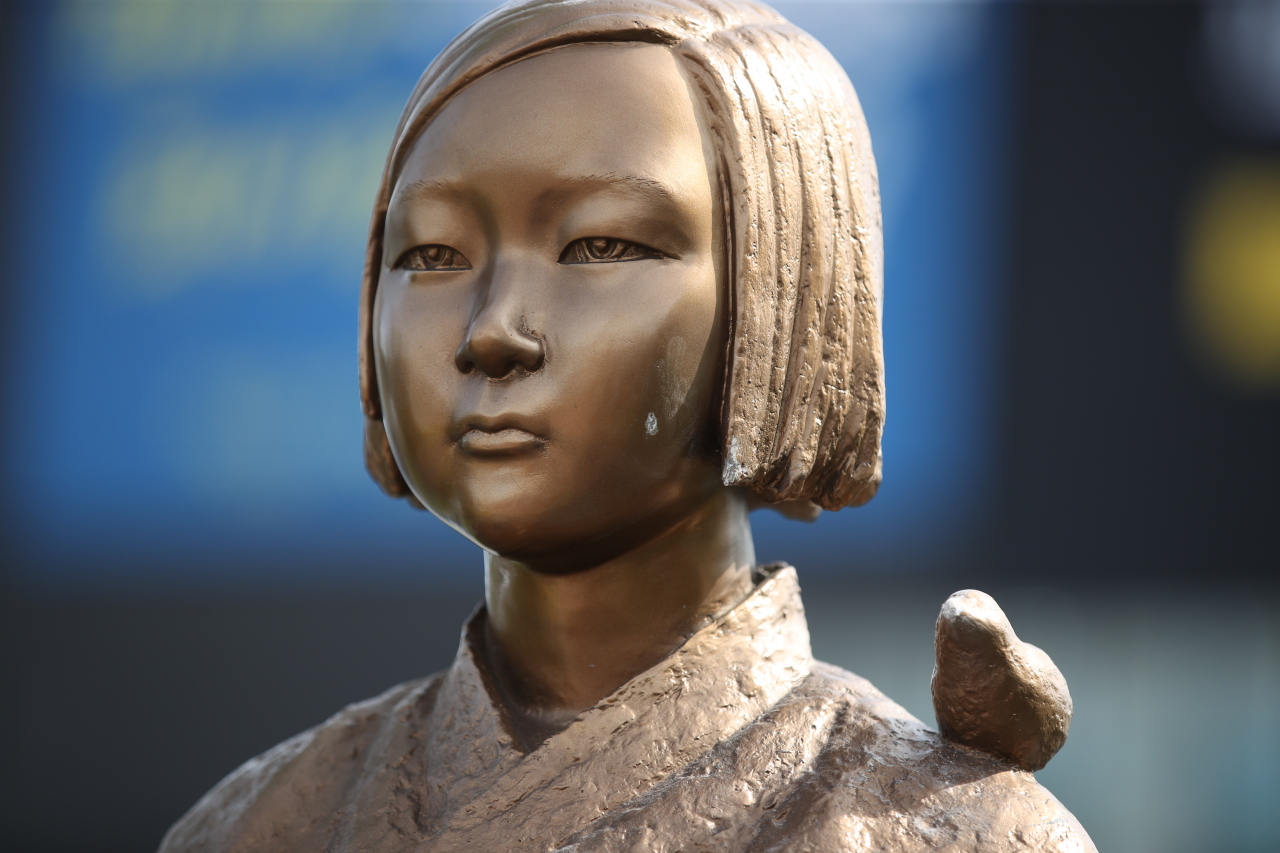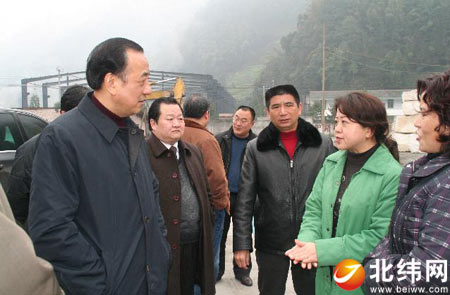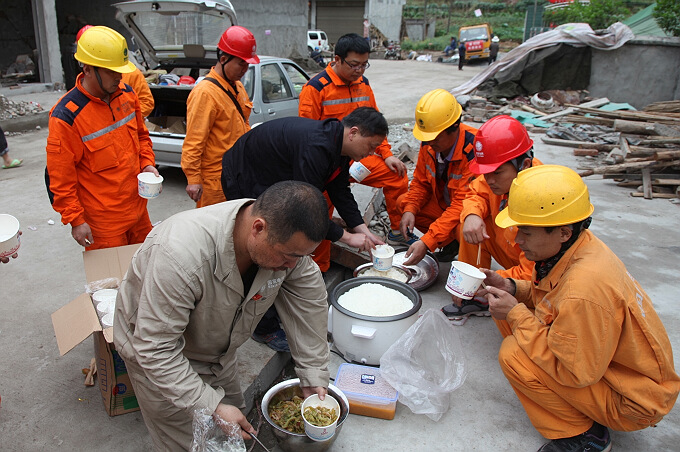"Walking" anchor and plasma drill promise cheap, deep geothermal power
The intense heat under the Earth's surface represents a virtually inexhaustible source of reliable clean energy that would be available 24/7 from anywhere on Earth – you could pull it up as steam to run generator turbines, or pipe it directly into district heating systems.
That's if we could get to it. Earth's most easily accessible geothermal energy is located wherever it's closest to the surface – typically, geologically unstable areas near volcanos and lots of seismic activity, representing only about 3% of the Earth's surface. Otherwise, you can't get to that heat without drilling down through mile upon mile of super-hard rock.
The temperatures and pressures involved in super-deep drilling tend to destroy even the highest-quality drill bits in short order. Changing a bit out means you have to haul the drill head back up from miles underground, put a new one on, then get it right back down the bore before you can start again. This process wastes a lot of time, and time is money when you're hiring these kinds of rigs.
As a result, geothermal energy really only makes a significant contribution to the power grid in places like Iceland, El Salvador, New Zealand and other areas where it's available at shallower depths. Globally, geothermal contributes less than 100 GWh annually to the 166.7 million-odd GWh global energy supply.
Slovakian company GA Drilling was formerly known as Geothermal Anywhere – and that's a perfect encapsulation of the company's goal: to make geothermal heat much cheaper, quicker and easier to access wherever it's needed.
GA has developed two key technologies that work in with existing drilling infrastructure and equipment. The first is a walking anchor system it calls Anchorbit.
The Anchorbit system places two collar sections behind the drill bit, each with extendable pistons capable of pushing out and gripping onto the bore shaft. When the upper collar grips the bore, the lower one extends downward closer to the drill bit, and then it pops out its gripping pistons to allow the upper collar to let go, and slide down to meet it. The process is illustrated in this video:
相关文章
 The Atlas is home to all things peculiar and bizarre. While sometimes it seems like we’ve seen2024-09-22
The Atlas is home to all things peculiar and bizarre. While sometimes it seems like we’ve seen2024-09-22 The Statue of Peace, damaged in an act of vandalism on Wednesday in Seoul (Yonhap)The Statue of Peac2024-09-22
The Statue of Peace, damaged in an act of vandalism on Wednesday in Seoul (Yonhap)The Statue of Peac2024-09-22
First day of school reopening goes relatively smoothly, with virus worries ever
(Yonhap)Schools finally reopened Wednesday after a monthslong closure due to the coronavirus pandemi2024-09-22 雅安日报讯 昨5)日,市委副书记、市长刘守培一行前往宝兴县调研2009年目标及相关项目工作进展情况,以及宝兴县一季度开门红主要指标预测及工作情况。在专题汇报会上,刘守培要求,2009年,宝兴县要抓好2024-09-22
雅安日报讯 昨5)日,市委副书记、市长刘守培一行前往宝兴县调研2009年目标及相关项目工作进展情况,以及宝兴县一季度开门红主要指标预测及工作情况。在专题汇报会上,刘守培要求,2009年,宝兴县要抓好2024-09-22
“精致小春姐”顾春芳:华丽白西装、镶钻水晶拖鞋,带来新兴凉果No.1
“精致小春姐”顾春芳:华丽白西装、镶钻水晶拖鞋,带来新兴凉果No.1_南方+_南方plus“欢迎收听广东‘讲错’电台编外节目之广东省第一届农事运动会乡村直播大赛......”来自云浮市新兴县的村播“精2024-09-22 4月29日中午,人们正聚在芦山金花110千伏变电站的临时食堂边准备就餐,国家电网雅安芦山供电公司工会主席张平和芦山前线指挥部的唐文端着一大锅饭和一盆刚出锅的菜往车上搬。一打听,原来他们是要到宝盛乡去给2024-09-22
4月29日中午,人们正聚在芦山金花110千伏变电站的临时食堂边准备就餐,国家电网雅安芦山供电公司工会主席张平和芦山前线指挥部的唐文端着一大锅饭和一盆刚出锅的菜往车上搬。一打听,原来他们是要到宝盛乡去给2024-09-22

最新评论